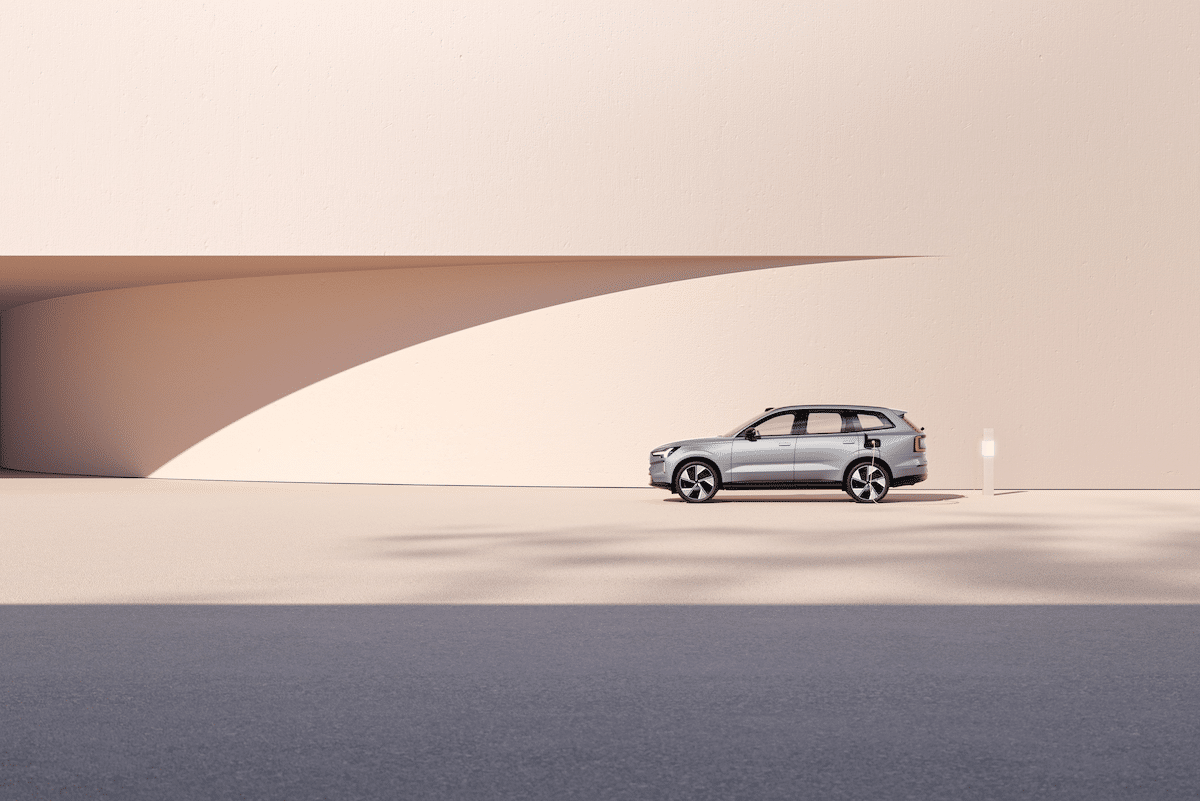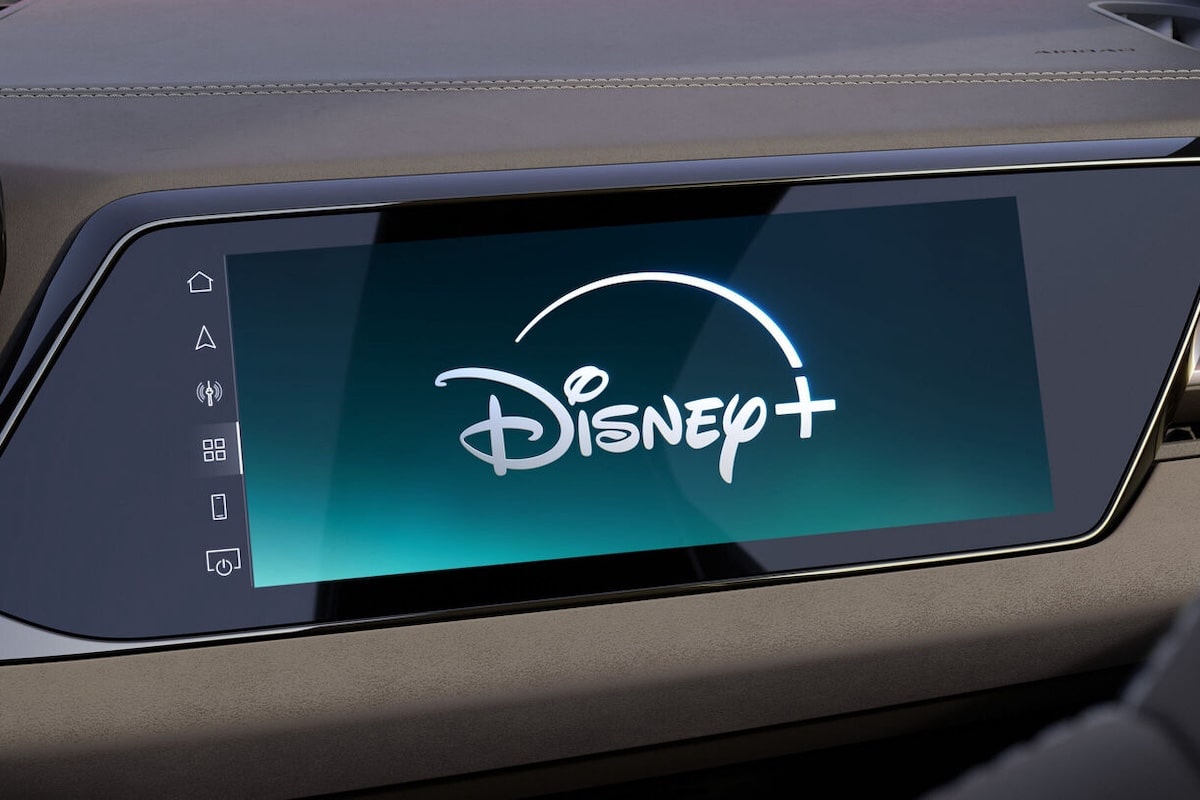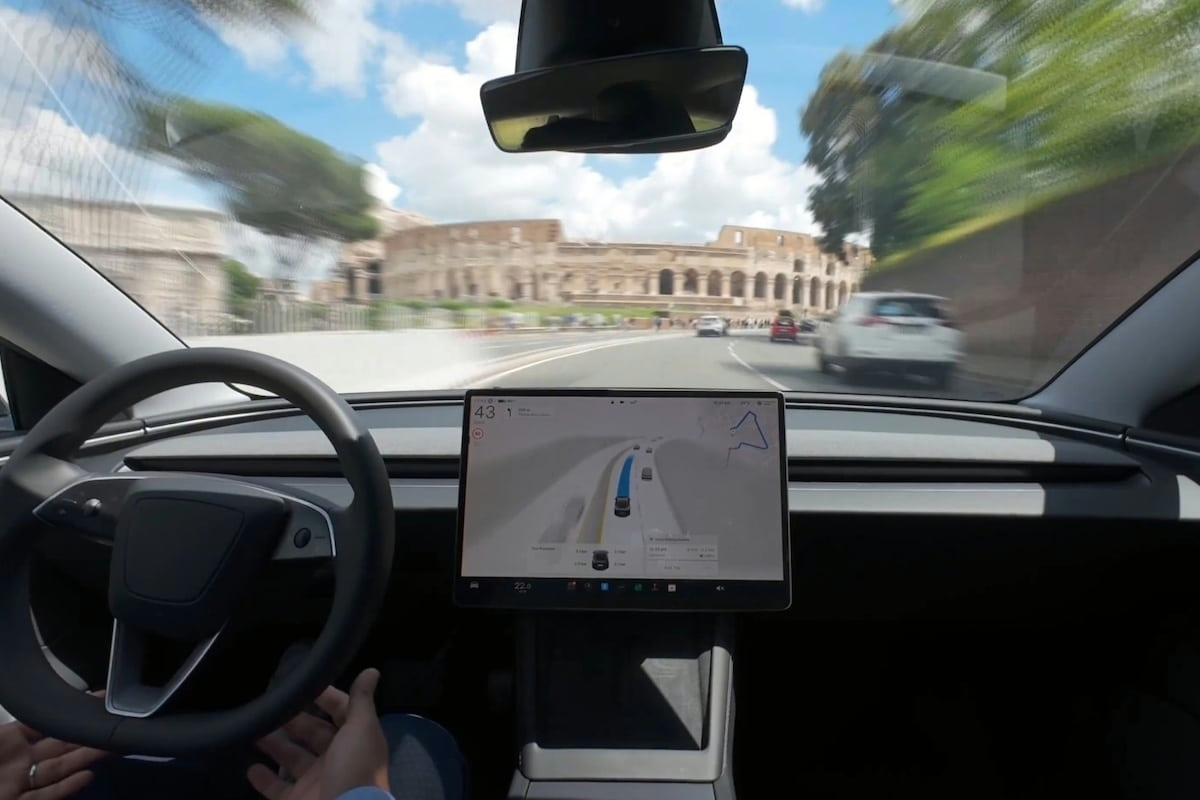Volvo explores the potential of its electric cars

For Volvo, cars and their batteries can do much more than just eliminate exhaust emissions.
Why limit ourselves to driving a Volvo when stationary electric vehicles can, for example, power a house, appliances, or even feed energy back into the grid?
To harness this potential and contribute to the transition toward a smarter, more sustainable, and more efficient energy network, the company is launching Volvo Cars Energy Solutions today. This is a completely new business venture offering technologies and services related to energy storage and charging, creating a link between cars, customers’ lives, efficient energy use, and society as a whole.
For example, bidirectional charging is a technology that allows an electric car to return additional energy from its battery to a compatible grid, helping to balance the network during peak hours and reduce reliance on fossil-based electricity. The brand’s new flagship, the all-electric EX90 SUV, will be the first Volvo vehicle equipped with all the hardware and, over time, the software needed to enable bidirectional charging and direct energy storage from solar power.
In collaboration with Göteborg Energi Nät AB, the local electricity distribution company of Gothenburg, Volvo Cars’ hometown in Sweden, we are launching today one of the first “vehicle-to-grid” (V2G) pilot programs to test these V2G technologies on the local energy network and in a household setting with real customers. The pilot deliberately uses a low-cost AC wall box, as this will speed up large-scale adoption of the technology.
The pilot aims not only to secure acceptance from a network operator and demonstrate to other grid companies that V2G programs can deliver tangible benefits, but also to create a testing ground for new technologies essential for Volvo Cars’ future beyond its laboratories.
With Volvo’s goal of becoming a fully electric car manufacturer by 2030, the brand plans to put millions of Volvo electric cars on the road in the coming years. Volvo engineers have calculated that the total battery capacity of this fleet will reach around 50 GWh by the mid-2020s. These cars will consume several TWh of electricity annually, but this energy consumption is flexible and can be shifted over time thanks to smart charging.

At the same time, Volvo fleet data shows that the average daily trip in Europe consumes less than 10 kWh, while 90% of all daily trips use less than 20 kWh. This indicates a significant available battery capacity that can be used for other purposes, offering potential financial benefits for customers and meaningful environmental benefits.
This is where bidirectional charging comes into play: this technology allows customers to reuse the stored energy in their Volvo electric car’s battery later on. V2G is one such scenario, as it enables returning the stored energy in an electric vehicle’s battery to the power grid when electricity demand is high — in exchange for compensation.
V2G is just one of the technologies envisioned within the Volvo Cars Energy Solutions ecosystem. V2H (vehicle-to-home) products that allow you to send energy back to your house and reduce your energy bill are also planned, as well as V2L (vehicle-to-load) services, which enable an electric car’s battery to power camping gear or charge an electric bike.
According to forecasts, Volvo Cars Energy Solutions will generate significant new revenue over time from energy-related products and services, as well as from new products previously not offered by Volvo Cars. In doing so, Energy Solutions should add value to Volvo’s core business, enhance customers’ daily lives, and benefit the environment.
READ ALSO > The Volvo EX30 soon to be manufactured in Europe
This page is translated from the original post "Volvo explore le potentiel de ses voitures électriques" in French.
We also suggestthese articles:
Also read






